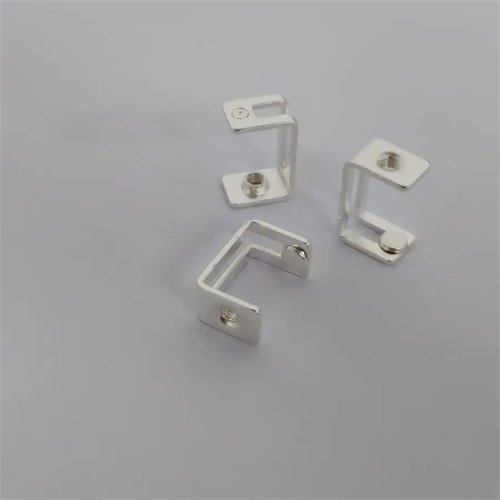Hot rolled steel bars
Hot-rolled steel bars are round, square, or hexagonal bars produced through a hot rolling process. They feature high strength, good toughness, and excellent processability, making them widely used in machinery manufacturing, the automotive industry, construction engineering, and other fields. They are made from materials such as carbon structural steel (such as Q235 and 45 steel), alloy structural steel (such as 40Cr and 20CrMnTi), and tool steel (such as T8 and T10). These bars possess varying mechanical properties, with tensile strengths ranging from 375MPa to 1200MPa, meeting diverse application needs. Hot-rolled steel bars typically range in diameter from 5mm to 300mm and in lengths up to 12 meters. They can be cut or forged to meet specific processing requirements.

The production process of hot-rolled steel bars primarily involves heating, rolling, cooling, and finishing the steel. The key is controlling the rolling temperature and deformation. First, the raw material, a continuously cast or forged billet, is heated in a furnace to 1050-1200°C. The heating temperature is adjusted according to the steel grade to ensure good plasticity. The heated billet then enters the hot rolling mill, where it is gradually reduced to the target diameter through multiple rolling passes. Controlled rolling and cooling techniques are employed during the rolling process to control the final rolling temperature (800-900°C) and cooling rate, thereby refining the grain structure and improving the mechanical properties of the steel bar. For alloy structural steel bars, annealing (at 600-700°C) is required after rolling to eliminate internal stresses and improve cutting performance. The finished steel bars are straightened (straightness ≤ 1mm/m), cut to length, and surface cleaned. Finally, they undergo hardness testing, tensile testing, and non-destructive testing to ensure product quality.

In the machinery manufacturing sector, hot-rolled steel bars are the primary raw material for shafts, gears, bolts, and other parts. Machine tool spindles are made from 45# steel hot-rolled bars. After quenching and tempering (hardness 220-250 HB), they possess excellent strength and toughness, capable of withstanding the torque and vibrations associated with cutting operations . Tests conducted by a machine tool manufacturer show that spindles made from high-quality 45# steel bars have a service life exceeding 10 years. Automotive transmission gears are made from 20CrMnTi hot-rolled bars. Through carburizing and quenching, they achieve a surface hardness of HRC 58-62, while maintaining excellent toughness at the core. One automaker reported a 40% increase in gear wear resistance after adopting this material. In construction machinery, high-strength bolts are made from 40Cr hot-rolled bars. After quenching and tempering, they achieve a tensile strength of ≥800 MPa, ensuring secure connections. The service life of bolts on one brand of excavator has been extended to 5,000 hours.

There is a huge demand for hot-rolled steel bars in the construction and rail transit sectors. High-strength bolts in building structures are made from Q355B hot-rolled steel bars, which can withstand the loads and vibrations of the building structure and ensure the stability of the connection nodes. Bolts made from these bars on a high-rise building performed excellently in earthquake simulation tests. Rail transit track fasteners use 60Si2Mn hot-rolled steel bars. Their high elasticity and wear resistance ensure a reliable connection between the track and the sleepers. Test data from a high-speed rail line shows that fasteners using these bars extend the maintenance cycle to over three years. In bridge construction, prestressed steel bars are made from PSB830 hot-rolled steel bars, which have a yield strength of ≥830MPa and can provide sufficient preload. After using these bars on a cable-stayed bridge, the bridge’s load-bearing capacity increased by 15%.

With advancements in industrial technology, the performance and variety of hot-rolled steel bars are constantly innovating. Manufacturers have developed ultrafine-grained steel bars, which, through controlled rolling and controlled cooling techniques, refine the grain size to below 5μm. This increases strength by 20% while maintaining excellent toughness, making them suitable for high-end equipment manufacturing. To meet the needs of new energy vehicles, lightweight, high-strength steel bars (such as hot-formed steel) have been developed to reduce component weight while maintaining strength. One electric vehicle manufacturer has reduced chassis weight by 10% after adopting these bars. In green manufacturing, near-net-shape rolling processes are being promoted to reduce subsequent processing allowances, increasing material utilization from 70% to over 85%. In the future, with the advancement of intelligent manufacturing and high-end equipment, hot-rolled steel bars will develop towards higher strength, higher precision, and more environmentally friendly products, providing higher-quality raw material support for various industries.
